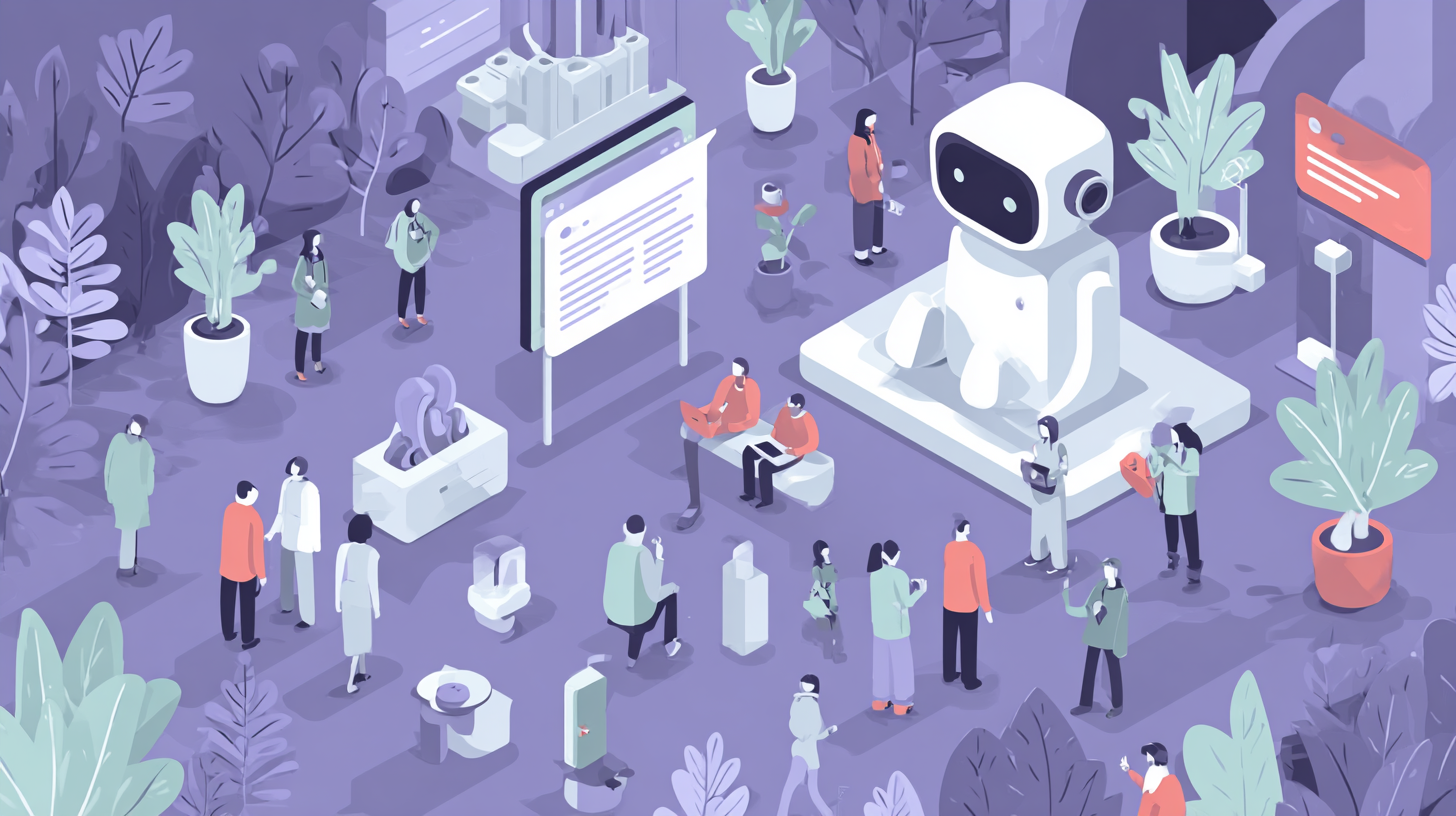
OpenAI Launches AgentKit: A New Era for AI Agent Development
OpenAI has unveiled its latest innovation, AgentKit, at the company's DevDay event in San Francisco. This new agent builder aims to streamline the development process for AI agents, eliminating the need for fragmented tools and enhancing the overall efficiency for enterprises seeking to implement OpenAI's systems.
According to OpenAI, building agents has traditionally involved complex orchestration, with developers managing various tools without versioning and custom connectors. “Until now, building agents meant juggling fragmented tools—complex orchestration with no versioning, custom connectors, manual eval pipelines, prompt tuning, and weeks of frontend work before launch,” the company stated in a blog post.
Key Features of AgentKit
- Agent Builder: A visual canvas that allows developers to see their creations and manage multi-agent workflows with versioning.
- Connector Registry: A centralized area for administrators to manage connections across OpenAI products, requiring a Global Admin console for usage.
- ChatKit: This feature enables the integration of chat-based agents directly into user interfaces.
OpenAI plans to further enhance AgentKit by introducing a standalone Workflows API and deploying agent tabs within ChatGPT in the future.
In addition, the company is expanding its evaluation capabilities for agents by implementing automated grading systems, trace grading for workflow assessments, automated prompt optimization, and support for third-party measurement tools. Currently, some features of AgentKit are accessible, with the Agent Builder in beta and the ChatKit available for general use.
Advantages for Enterprises
AgentKit aims to draw enterprises deeper into the OpenAI ecosystem. Historically, many companies accessed OpenAI's models via external platforms to build their agents. However, AgentKit consolidates this process, allowing for quicker iterations and reducing the time required to launch new agents. A demo during DevDay showcased how an OpenAI developer created an agent to suggest panels from the event's agenda in under eight minutes.
OpenAI's customers, including the fintech company Ramp, have praised AgentKit for its efficiency. Ramp reported that their teams were able to develop a procurement agent in just a few hours, significantly reducing the time from months to mere hours. “Agent Builder transformed what once took months of complex orchestration, custom code, and manual optimizations into just a couple of hours,” Ramp stated.
Connecting and Protecting Data
AgentKit's Connector Registry allows enterprises to manage and maintain data across various workspaces, aggregating data sources into a single interface that spans both ChatGPT and the API. It provides pre-built connectors for services like Dropbox, Google Drive, SharePoint, and Microsoft Teams, while also supporting third-party MCP servers. Additionally, the Agent Builder features Guardrails, an open-source safety layer designed to protect against the leakage of personally identifiable information and unintended behaviors.
The Future of AI Interactions
As most agent interactions involve chat, OpenAI recognizes the need to simplify the setup of chat interfaces. The ChatKit feature allows developers to seamlessly embed chat agents into applications and websites. However, competition is heating up in the AI agent space, with other companies like Google and Microsoft also releasing tools to facilitate agent development.
Community Response
Initial feedback on AgentKit has been largely positive, with many developers acknowledging the tool's ability to simplify agent building without making it universally accessible. Some see AgentKit as a complement to existing tools rather than a direct competitor to platforms like Zapier, which recently launched its own no-code tool for creating AI agents.
Rocket Commentary
OpenAI's introduction of AgentKit reflects a significant step toward simplifying the development of AI agents, addressing the complexities that have hampered enterprise adoption. While the promise of a visual canvas and streamlined orchestration is enticing, it raises questions about the balance between accessibility and ethical standards. As we move toward a future where AI tools are more widely utilized, the emphasis must be on ensuring that these innovations do not compromise responsible AI practices. The real potential of AgentKit lies not just in its efficiency but in how it can empower developers to create transformative, ethical AI solutions that prioritize user needs and societal impact. As the industry evolves, it is crucial to foster an environment where such tools enhance, rather than complicate, our approach to AI development.
Read the Original Article
This summary was created from the original article. Click below to read the full story from the source.
Read Original Article